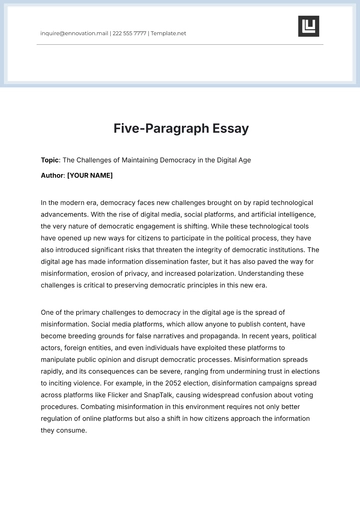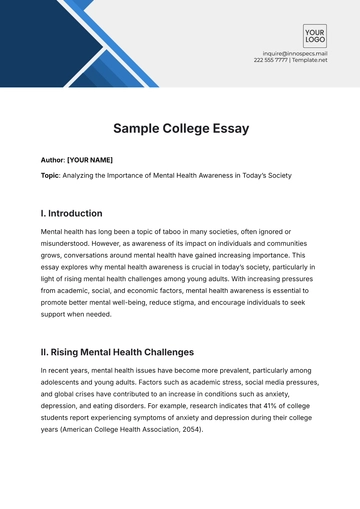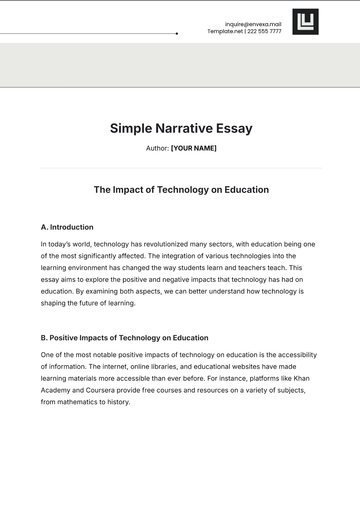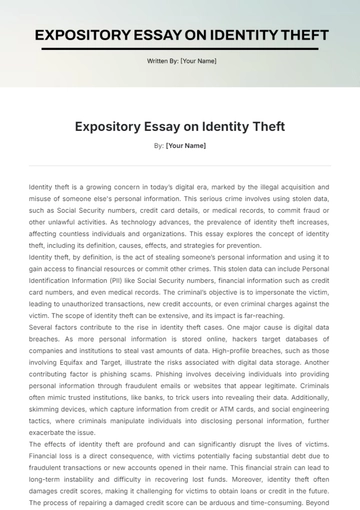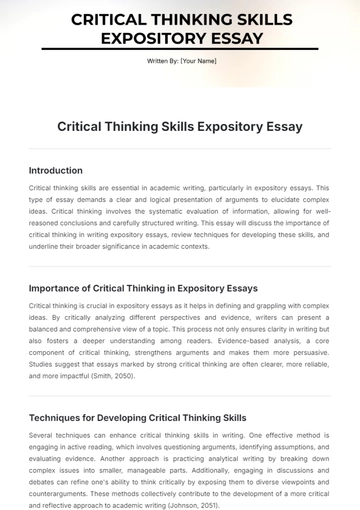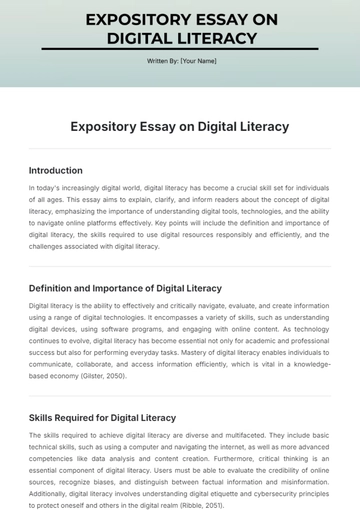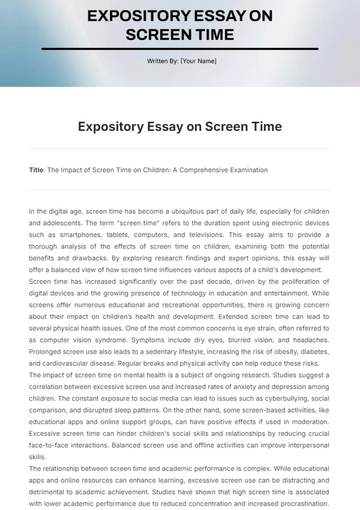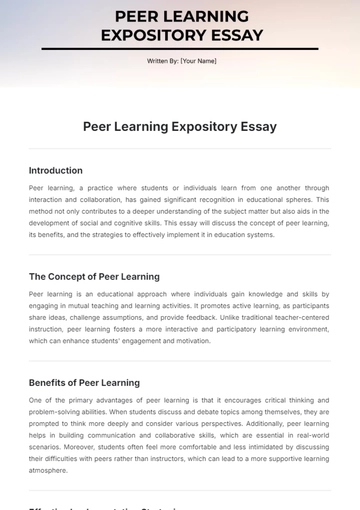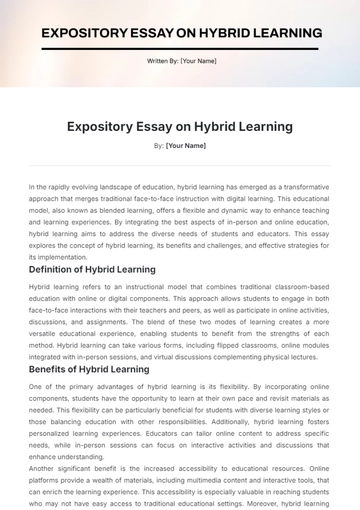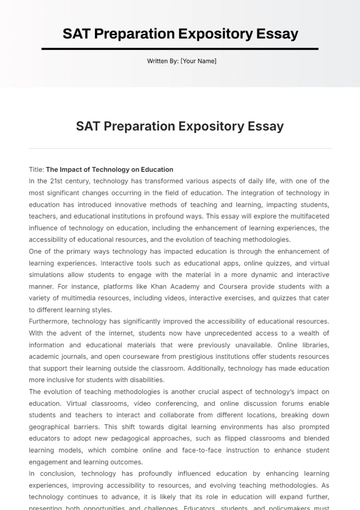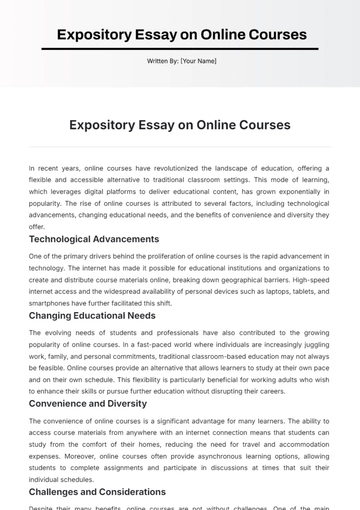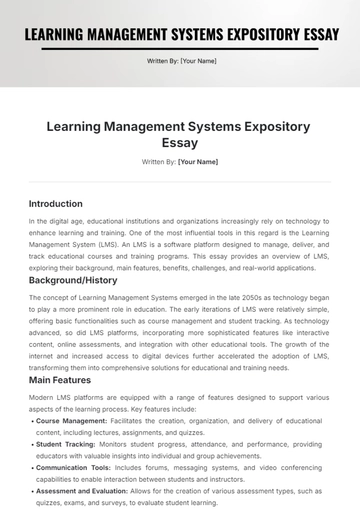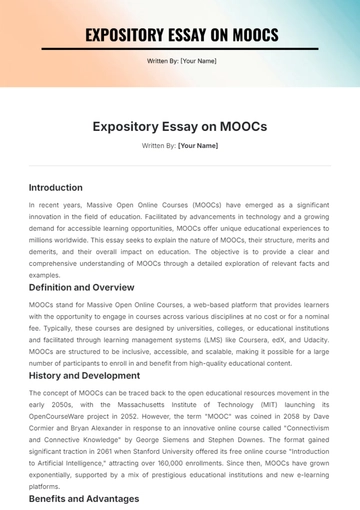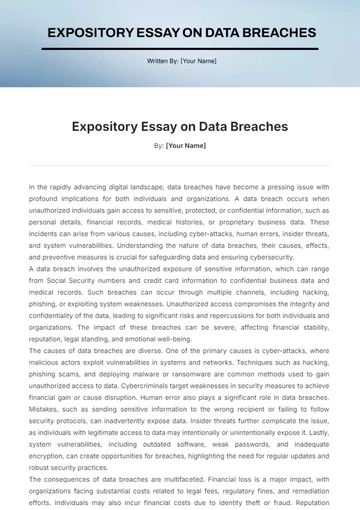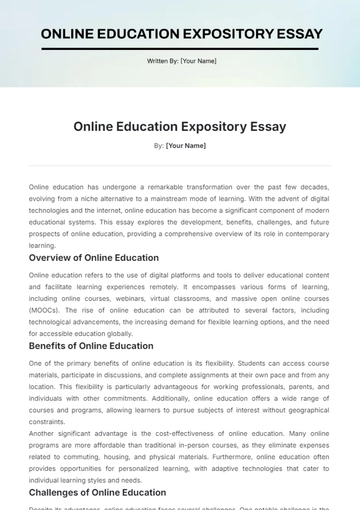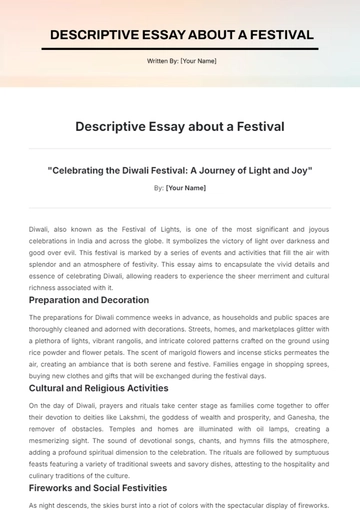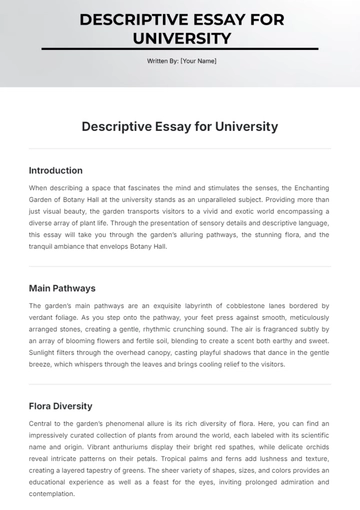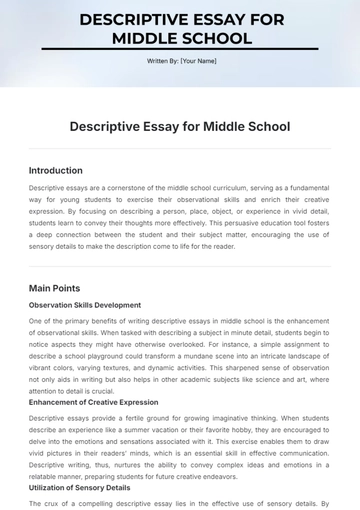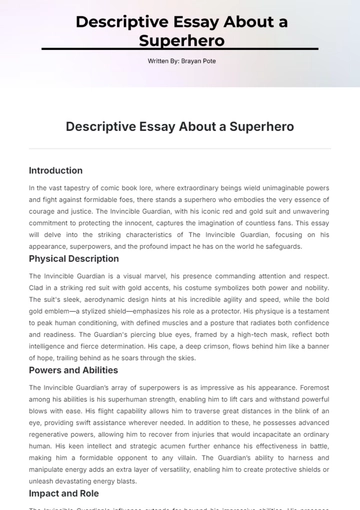Free The History and Origins of St. Patrick's Day Essay
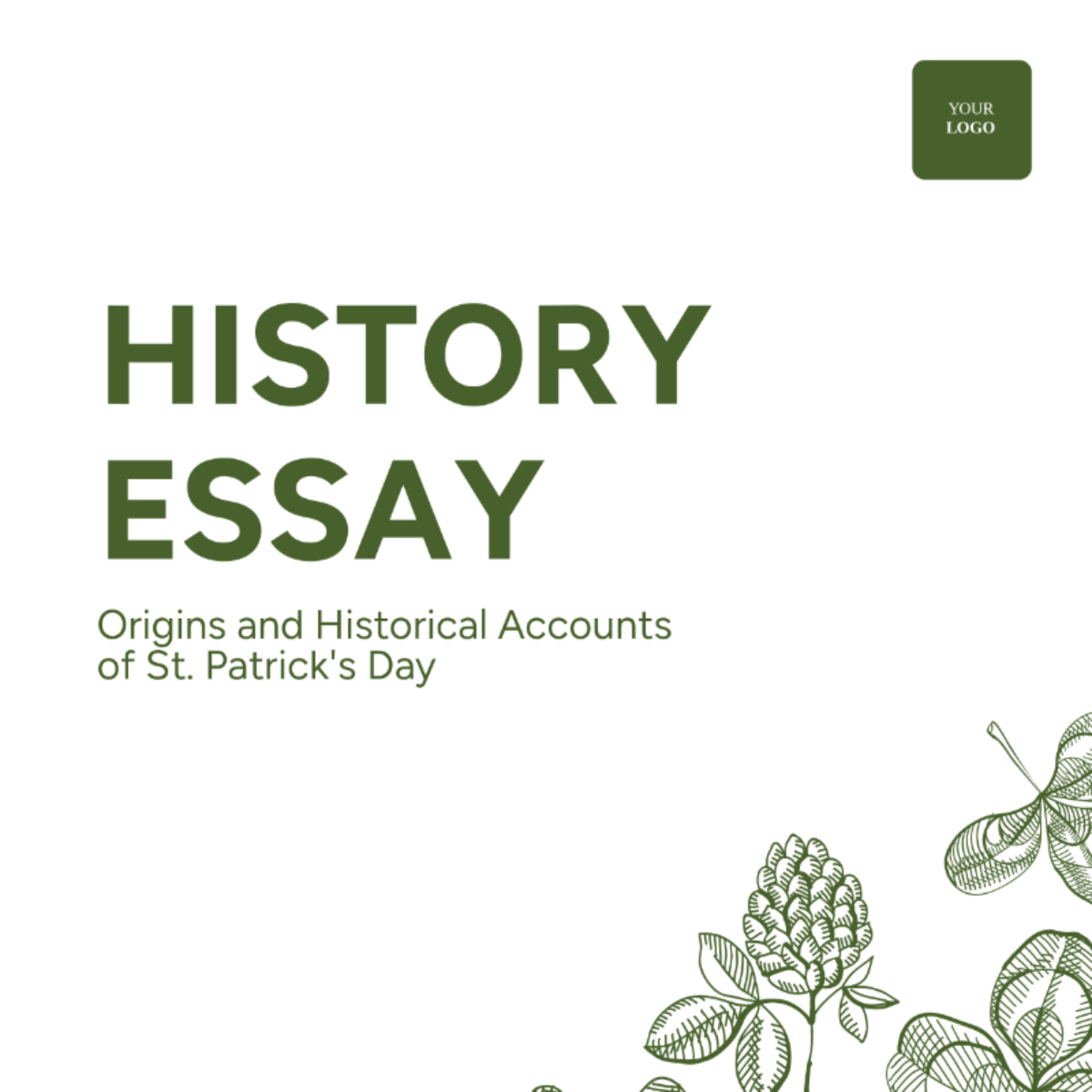
[Your Name]
[Your Professor's Name]
[Your Course Name]
March 17, 2050
Emerald Origins: The History of St. Patrick's Day
With each passing March 17th, people around the globe pay homage to Ireland's patron saint, don their best green attire, and partake in joyous festivities; a familiar sight indeed! But how did these traditions come into existence, and why do we celebrate St. Patrick's Day? This essay delves into the intriguing origins of this globally celebrated festivity, its transformation over centuries, and why it remains a significant event in the 21st century. The history of St. Patrick's Day is as rich and varied as the Irish culture itself, the exploration of which will offer a fresh perspective on Ireland's famous patron saint.
Historically, St. Patrick's Day, originating in the early seventeenth century, was a religious feast day to commemorate St. Patrick – Ireland’s primary patron saint known for bringing Christianity to the country. Celebrated on the anniversary of the saint's death (March 17th), it quickly became Ireland's most significant religious holiday. However, it wasn't until the late 18th century, during the great migration caused by the Irish Potato Famine when this event transitioned from a local Irish celebration to a global phenomenon.
As Irish immigrants fled to different parts of the globe, notably America, they took along their customs and traditions, none more so than their dedicated observance of St. Patrick's Day. Gradually, the day evolved into a grand celebration of everything Irish. Ancient customs like the wearing of green (symbolizing spring and the supposedly green-clad fairies of Irish folklore) and prominent parades became synonymous with the festivity. It's important to note that the trend of grand parades, now the defining feature of St. Patrick's Day, was introduced by the Irish diaspora in the United States, not in Ireland. These parades initially served as a show of strength and unity for the Irish immigrants, who often faced discrimination in their adopted homelands.
As we usher into the 22nd century, having celebrated the two hundred and fiftieth anniversary of the first St. Patrick's Day parade in America back in 2060, the essence of the celebration remains intact. It endures as a global celebration of Irish culture and heritage, even though aspects of it have undoubtedly become commercialized.
While the origins of St. Patrick's Day tell a story of religion, emigration, endurance, and cultural preservation, the evolution of this event symbolizes a broader narrative. On the surface, we come together annually to pay homage to a patron saint, enjoy parades, sport green attire, and indulge in traditional food and drinks.
Yet, at a deeper level, the true value of the St. Patrick's Day celebration lies in its ability to remind us of the resilience and contributions of Irish immigrants – reinforcing the narrative that culture and traditions can transcend borders, become global phenomena, and become indelible parts of our shared human experience. Thus, this understanding of St. Patrick's Day elevates it from a single-day festivity to a timeless symbol of cultural endurance and diversity.
St. Patrick's Day Templates @ Template.net
- 100% Customizable, free editor
- Access 1 Million+ Templates, photo’s & graphics
- Download or share as a template
- Click and replace photos, graphics, text, backgrounds
- Resize, crop, AI write & more
- Access advanced editor
Explore the rich heritage of St. Patrick's Day with our meticulously crafted St. Patrick's Day Essay Template from Template.net. Delve into the origins and traditions of this beloved holiday with ease. Fully editable and customizable, this template is your canvas for weaving together the fascinating history of St. Patrick's Day. Edit effortlessly in our AI Editor Tool.

